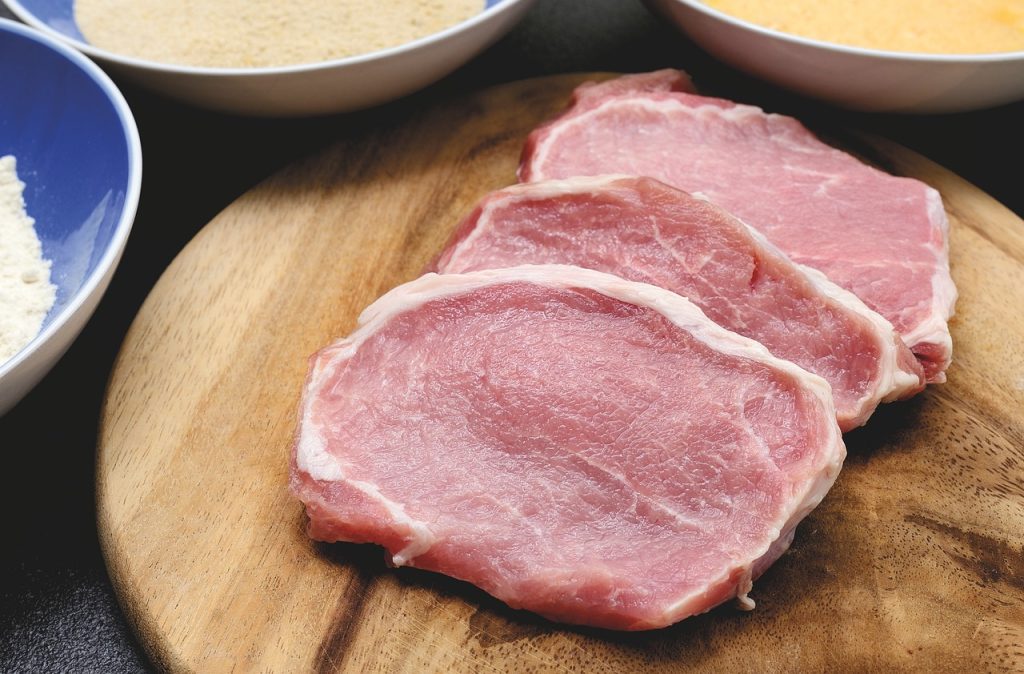
Corned beef is a staple in many households, but did you know that corned pork is an equally delicious alternative? While corned beef remains more popular, the curing process and ingredients for corned pork are quite similar. Whether you want to start a small-scale business or simply make homemade corned pork, this guide will provide a detailed, step-by-step process to achieve the perfect texture and flavor.
What is Corned Pork?
Corned pork is pork that has undergone a curing process using salt and seasonings to enhance its flavor, texture, and shelf life. The term “corned” refers to the coarse grains of salt originally used in curing. The process consists of two main stages:
- Curing the meat – The pork is soaked in a brine solution to enhance flavor and preservation.
- Cooking the cured meat – The meat is cooked to achieve the desired taste and tenderness.
Ingredients for Corned Pork
Meat Selection
- 1 kg pork lean meat, cubed (1″ x ½”)
Curing Ingredients
- 1 tablespoon refined salt (15.5g)
- 1 teaspoon curing salt (3.9g)
- 1 ¼ tablespoon refined sugar (13.75g)
- 1 teaspoon phosphate (3g)
- 1 ¼ teaspoon vitamin C powder (0.75g)
- 1 cup chilled water
Cooking Ingredients
- 1 teaspoon nutmeg (2g)
- 1 teaspoon corned beef seasoning (2.8g)
- 1 teaspoon garlic powder (2.3g)
- ½ teaspoon MSG (to be added after flaking) (2g)
- 2 tablespoons trimix* (to be added after cooking) (12.6g)
- 1 teaspoon carrageenan (3g)
- 2 cups chilled water
* Trimix preparation: For every 300 grams of broth, dissolve 2 tablespoons of trimix and 1 teaspoon of carrageenan in ¼ cup water. Boil until it thickens, then mix with 700 grams of flaked meat to make a 1,000-gram product.
Note: Remove excess liquid after curing before proceeding to cooking.
Step-by-Step Procedure for Making Corned Pork
Step 1: Select High-Quality Pork
Choose fresh, lean pork to ensure the best texture and flavor. Avoid fatty cuts, as they can affect the curing process.
Step 2: Cube the Meat
Cut the pork into uniform pieces, approximately 1 inch by ½ inch in size. This helps in even curing and cooking.
Step 3: Prepare the Curing Solution
Mix refined salt, curing salt, sugar, phosphate, vitamin C powder, and chilled water to create a brine solution.
Step 4: Immerse the Meat in the Curing Solution
Submerge the pork cubes in the prepared brine. Ensure all pieces are fully covered to allow even curing.
Step 5: Cure the Meat
- For a quick process, cure at room temperature for 8 to 10 hours.
- For better flavor absorption, refrigerate the meat at 34°-36°F for 1 to 2 days.
Step 6: Cook the Cured Meat
- Mix the cooking ingredients (nutmeg, corned beef seasoning, garlic powder, and 2 cups of chilled water).
- Cook the cured meat using one of these methods:
- Pressure cooker: 45 to 60 minutes at 15 psi.
- Open fire: 4 to 6 hours for a slow-cooked flavor.
Step 7: Flake the Meat
Once cooked, separate the lean meat from the broth. Shred or flake the pork into fine strands for a corned beef-like texture.
Step 8: Enhance the Texture with Trimix
- Dissolve trimix and carrageenan in ¼ cup water.
- Boil until thickened, then mix with the flaked pork and 300 grams of broth to create a 1,000-gram final product.
Step 9: Pack and Store
- Pack the finished corned pork in polyethylene bags.
- Store in the freezer to maintain freshness.
Tips for the Best Homemade Corned Pork
- Use fresh pork – Avoid frozen or previously stored meat for better results.
- Maintain proper curing time – Over-curing can make the meat too salty, while under-curing may lead to spoilage.
- Control moisture levels – Removing excess liquid after curing helps improve the texture.
- Store properly – Keep corned pork frozen and thaw only the portion needed to prevent spoilage.
Why Make Your Own Corned Pork?
- Healthier alternative – You control the ingredients, avoiding unnecessary preservatives.
- Cost-effective – Homemade corned pork is more affordable than store-bought versions.
- Customizable flavor – Adjust seasonings according to your preference.
- Great for small-scale business – A profitable venture for entrepreneurs looking to sell processed meat products.
Conclusion
Making corned pork at home is easy and rewarding. By following this step-by-step guide, you can create a delicious, preservative-free product perfect for home consumption or a small food business. Whether served with garlic rice or incorporated into other dishes, homemade corned pork is a flavorful and versatile alternative to corned beef.
Would you like more home-based food business ideas? Explore more recipes and start your journey to food entrepreneurship today.

